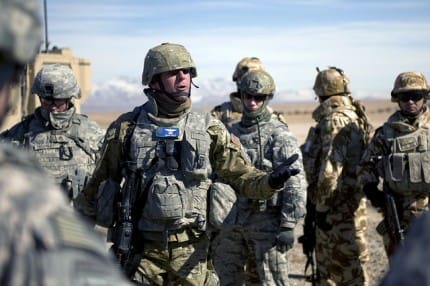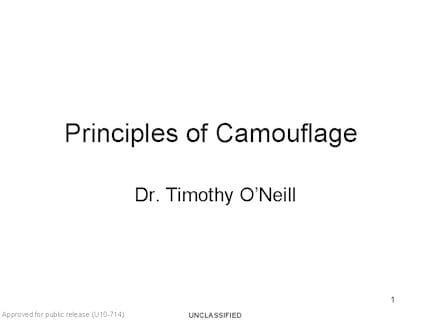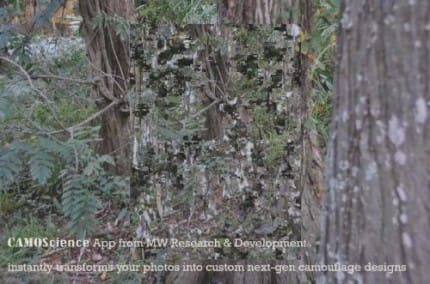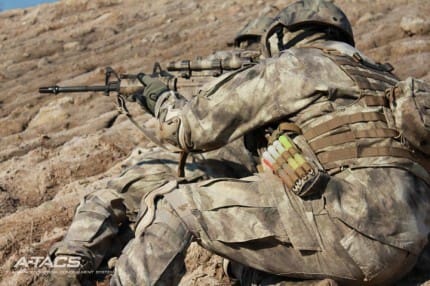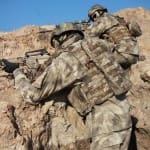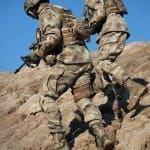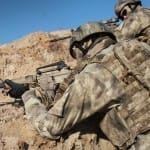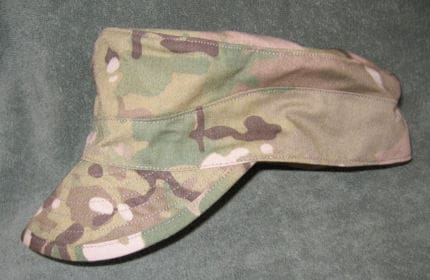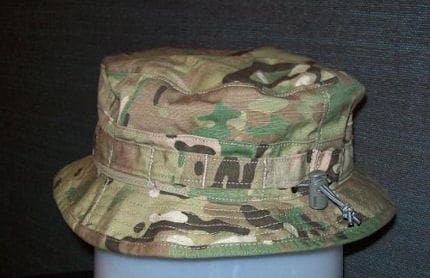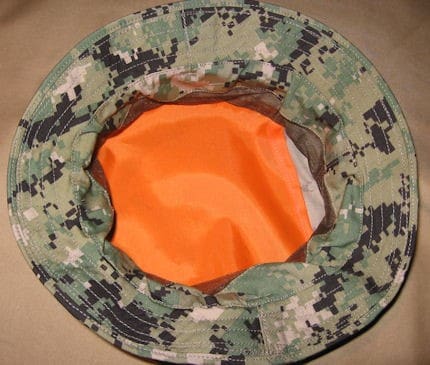Just in case the previous presolicitation message that was released via FedBizOpps on 28 Feb wasn’t enough, the Army issued ANOTHER presolicitation yesterday for the “U.S. Army Camouflage Improvement Effort” (Solicitation Number: W911QY-11-R-0008). According to the notice, the actual solicitation will drop on 18 March, 2011 so nothing has changed there or anywhere else for that matter. Naturally, it’s a Friday which invariably means no weekend for those working at firms who will be competing. It seems there is an unwritten rule that all deployment orders and major solicitations are issued on Friday afternoon. To those involved; gird your loins. It seems that someone is excited enough about this to issue two presolicitations in as many weeks.


